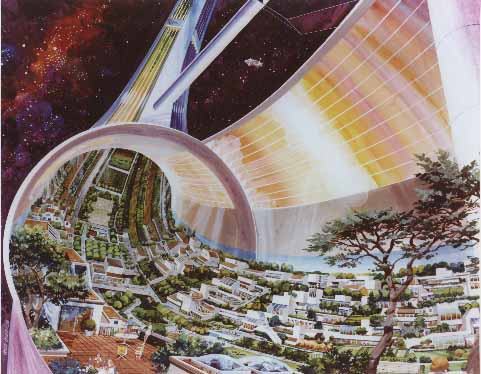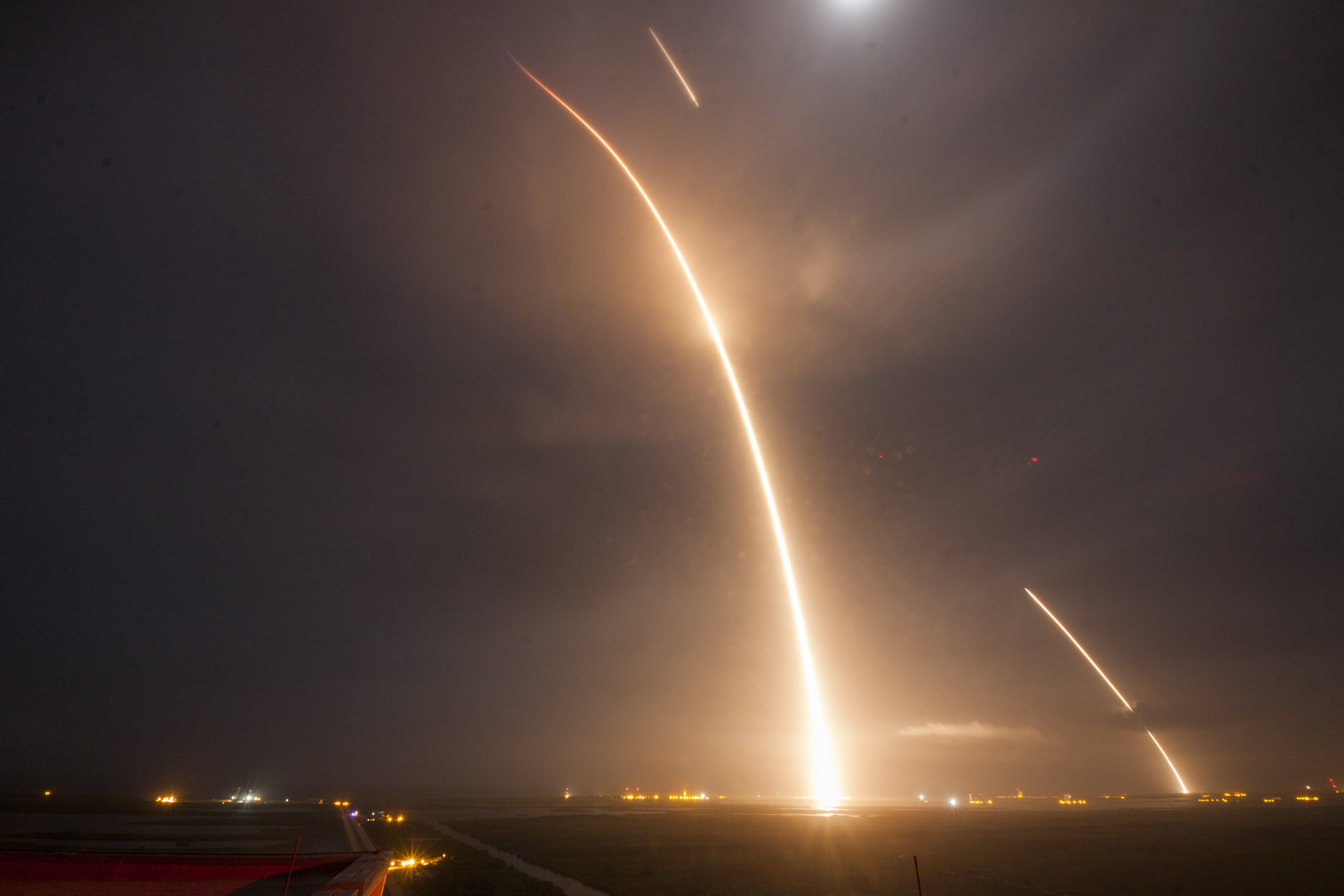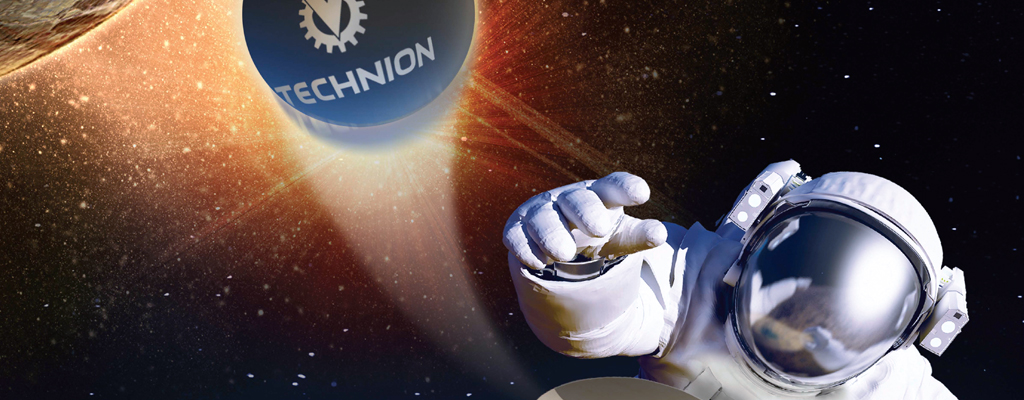
Over the past few years, it has been becoming more and more difficult to not notice a promising upsurge in activities in the commercial space industry. The developments in the space sector seem to be experiencing a fundamental shift from heavy dependence on government agencies towards a more independent private sector with quite a few dominant players. Case in point, Elon Musk and the ground-breaking technologies developed by SpaceX or Sir Richard Branson and the space tourism efforts of Virgin Galactic, are the front-runners of what is already being touted as the "Second Space Age". These names, among other developments in the commercial sector of the space industry, fit under the umbrella term of "NewSpace."
Ironically, the concept of NewSpace is not very new. As early as the 1980s, the term "alt.Space" was being used to describe serious commercial activities in the space sector sans governmental support. Sometime around the 2000s, an exponential rise in the number of such companies called the "new space companies" led to the coining of the term NewSpace.
So, what exactly is NewSpace? According to the Space Frontier Foundation, NewSpace consists of "people, businesses, and organizations working to open the space frontier to human settlement through economic development." Although this is a succinct definition of NewSpace, it can be interpreted as ambiguous when trying to comprehend the realistic significance of the term. To bring more clarity to this definition, HobbySpace, awarded the 2007 'Best Presentation of Space' by the Space Frontier Foundation, came up with a list of characteristics to determine if a project or company would fall under the category of NewSpace. The listed characteristics primarily include:
- Focus on cost reductions,
- An assurance that the low costs will pay off,
- Ensuring incremental development,
- Foray into commercial markets with high-consumer rates,
- Primary emphasis on optimising operations,
- At the heart of it all, innovation.
This list is not exhaustive, and according to HobbySpace a project or company in the space industry need only possess three to four of these characteristics to be considered part of the NewSpace movement. Examples of some projects that are considered NewSpace include Bigelow Aerospace's proposed inflatable space habitat BEAM, Blue Origin's fully reusable space vehicle system New Shepard for suborbital space tourism, and SpaceX's orbital access project Falcon 9, being developed with the ultimate goal of putting humans in orbit.
Another synonym for NewSpace that the reader might come across occasionally, is "Entrepreneurial Space", which captures the essence of the most important aspect of all NewSpace projects or companies - an entrepreneurial spirit. The inherent risk involved in venturing into innovative projects in technologies that might take years to pay off, requires initiative and perseverance in the individuals taking up the mantle. These qualities can be seen in their efforts to invest remarkable amounts of time and energy into building infrastructure. For instance, Virgin Galactic is currently in the process of building a spaceport in Abu Dhabi. In a similar vein, Musk's SpaceX announced in 2014, that it had begun construction on a private spaceport in Brownsville, Texas.
Developments to the commercial sector of the space industry do not seem to be slowing down and the global space community, as well as the world at large, should be conscious of this fact. So ultimately, not only does NewSpace encompass the definitions from Space Frontier Foundation and HobbySpace, but it is also, at the very least, a branding opportunity that serves as a watershed moment for the onset of the Second Space Age.









